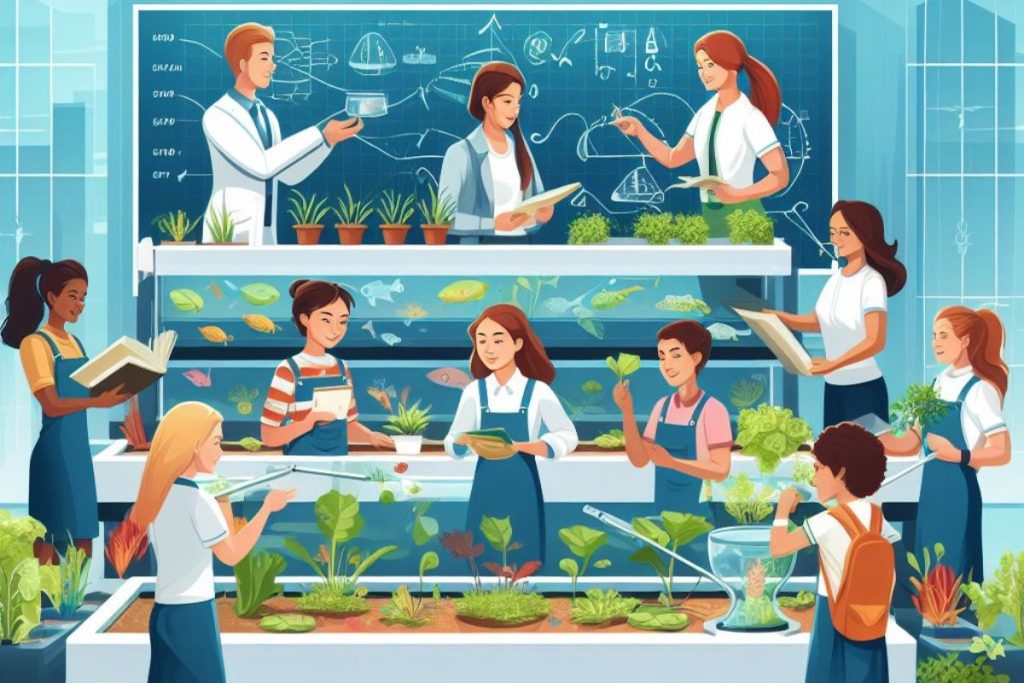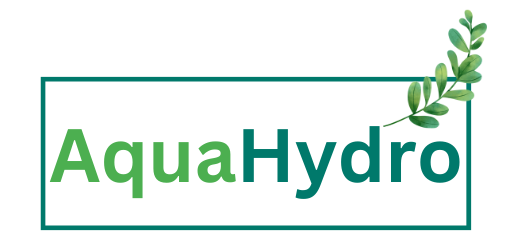Aquaponics, a dynamic combination of aquaculture and hydroponics, has rapidly gained popularity as a sustainable and educational solution for schools worldwide. This innovative system not only teaches students about the delicate balance of ecosystems but also empowers them with valuable skills in biology, chemistry, and environmental stewardship. In this comprehensive guide, we explore the benefits of aquaponics for schools, its educational value, and how it can be effectively integrated into the curriculum.
What is Aquaponics?
Aquaponics is a closed-loop system that merges aquaculture, the cultivation of aquatic animals, with hydroponics, the growth of plants in water. The fundamental principle behind aquaponics is the symbiotic relationship between fish and plants. In a typical setup, fish are raised in a tank, and their waste, rich in ammonia, serves as a nutrient source for plants. In turn, the plants filter the water, removing harmful substances and providing clean water for the fish.
The Components of Aquaponics
- Fish Tank: This is where the aquatic animals, usually fish like tilapia or trout, are housed. The size of the tank depends on the available space and the educational goals of the school.
- Grow Bed: The grow bed is where plants, such as vegetables and herbs, are cultivated. It is filled with a growing medium like clay pellets or gravel.
- Water Pump: A pump circulates the water from the fish tank to the grow bed. This continuous cycle ensures that nutrients are distributed to the plants.
- Microorganisms: Beneficial bacteria and microbes play a crucial role in breaking down fish waste into nutrients that plants can absorb.
- Plants: Various types of plants can be grown in an aquaponic system, from leafy greens like lettuce to fruiting plants like tomatoes.
Benefits of Aquaponics in Schools

- Hands-on Learning: Aquaponics provides students with a tangible and interactive learning experience. They can observe the entire lifecycle of plants and fish, from germination to harvest.
- STEM Education: Incorporating aquaponics into the curriculum enhances science, technology, engineering, and mathematics (STEM) education. Students can explore topics like water chemistry, biology, and engineering principles.
- Environmental Awareness: By participating in aquaponics, students gain a deeper understanding of environmental issues and sustainable practices. They learn about water conservation, responsible food production, and the importance of biodiversity.
- Healthy Food Production: Schools can harvest fresh and organic produce from their aquaponic systems. This not only provides nutritious food for the school community but also instills healthy eating habits in students.
- Problem Solving: Managing an aquaponic system requires problem-solving skills. Students must troubleshoot issues like pH imbalances or disease outbreaks, promoting critical thinking and resilience.
Integrating Aquaponics into the Curriculum
Science Class
Incorporate aquaponics into biology and environmental science lessons. Students can study the nitrogen cycle, the role of bacteria, and the anatomy and behavior of fish. It’s a hands-on approach to learning complex scientific concepts.
Math Class
Use aquaponics to teach mathematical concepts such as data analysis, measurements, and ratios. Students can calculate growth rates, nutrient levels, and water flow rates.
Sustainability Education
Aquaponics fits perfectly into discussions about sustainability and environmental responsibility. It offers practical lessons on how human activities can impact ecosystems and how to mitigate these effects.
Interdisciplinary Projects
Encourage interdisciplinary projects that involve multiple subjects. For example, students can explore the history of aquaculture, write essays on ethical food production, or design aquaponics systems as part of an engineering challenge.
Setting Up an Aquaponics System
Setting up an aquaponics system in a school requires careful planning and investment. Here are the basic steps to get started:

- Select a Location: Choose an appropriate space, indoors or outdoors, with access to sunlight or artificial lighting.
- Acquire Equipment: Purchase or acquire the necessary components, including tanks, grow beds, pumps, and fish.
- Water Quality Management: Maintain proper water quality by monitoring pH levels, ammonia, nitrate, and nitrite levels.
- Plant Selection: Decide on the types of plants you want to grow and ensure they are suitable for the system.
- Fish Care: Choose fish species that are hardy and easy to maintain. Educate students on proper fish care.
- Educational Curriculum: Develop a curriculum that aligns with your educational goals and standards.
- Maintenance: Regularly maintain the system by cleaning filters, checking for diseases, and ensuring the overall health of the ecosystem.
Aquaponics is more than just a sustainable farming method; it’s a powerful educational tool that can transform how students learn about science, technology, and the environment. By integrating aquaponics into the school curriculum, educators can empower the next generation with the knowledge and skills needed to address pressing global challenges. Embrace aquaponics in your school, and watch your students thrive as they become stewards of a greener, more sustainable future.

